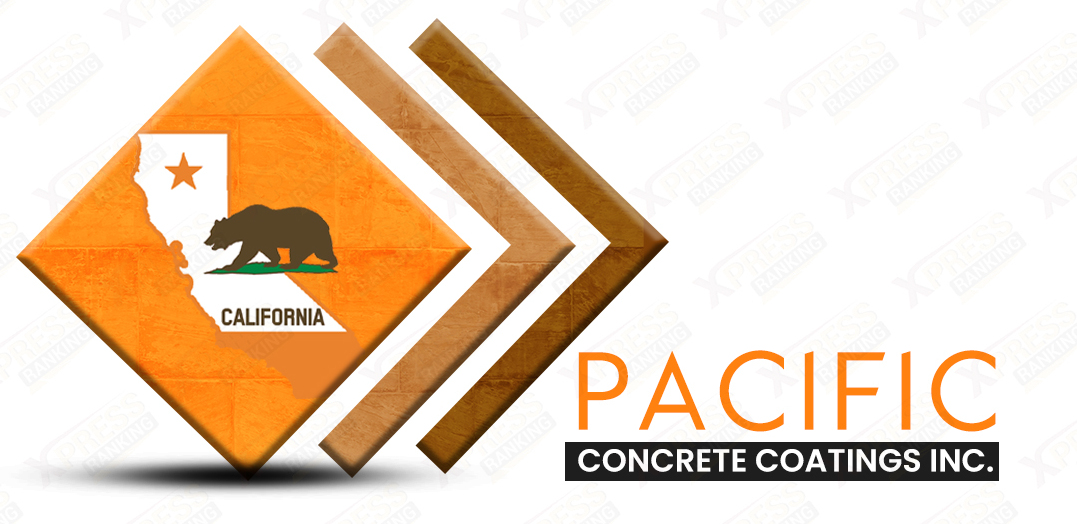Concrete is a durable and reliable flooring option. It’s versatile and customizable. It can withstand heavy traffic and wear. However, over time, your concrete floors may show signs of wear. Whether you’re dealing with cracks, chips, or other types of damage, it’s important to spot these issues early. Addressing them quickly can help prevent further damage. This also avoids costly repairs.
What are the most common types of concrete damage? How can you address them? Here are the most common types of concrete damage you should look out for:
Chips in Concrete
Chips are one of the most common forms of concrete damage. They often appear in high-traffic areas and can be caused by heavy furniture, dropped tools, or moving vehicles. The damage often starts with just one or two small imperfections. Over time, these chips can multiply and become more noticeable and harder to ignore.
Why it happens:
- Impact from heavy objects like furniture or machinery.
- Continuous traffic from vehicles or equipment.
- Accidental drops of sharp or heavy objects.
How to address it:
- Minor chips can be filled with concrete patching materials. This restores the surface.
- Inspect your concrete regularly. Catching chips early helps prevent further damage.
Chips may seem like small problems, but they can grow and spread. It’s best to fix them quickly, as this will maintain your concrete’s appearance and prevent further issues.
Cracks in Concrete
Cracks are another common type of concrete damage. They often form over time due to several factors. At first, small cracks may not seem concerning. However, they can quickly expand, allowing water to seep into the cracks and cause further damage.
Why it happens:
- Heavy objects or machinery on the concrete.
- Extreme temperature changes cause the concrete to expand and contract.
- Ground settlement beneath the concrete slab.
- Poor drainage or water exposure.
How to address it:
- Use concrete fillers to seal smaller cracks. This prevents water from getting in.
- For larger cracks, consider professional help. A concrete repair expert can assess if the damage is repairable or if replacement is needed.
Ignoring cracks can lead to more severe issues, including structural damage or costly water damage. Regularly inspecting your concrete can help prevent these problems.
Uneven Surfaces
Uneven concrete surfaces are not just an aesthetic issue. They are also a safety concern. Concrete can shift or settle over time, creating bumps, dips, or sloping areas. Uneven surfaces can lead to tripping hazards and make walking or driving difficult.
Why it happens:
- Natural shifting or settlement of the ground beneath the concrete.
- Earthquakes or other ground movements.
- Poor preparation of the base before pouring the concrete.
How to address it:
- Resurfacing can help fix an uneven surface. It will level out the concrete.
- If the damage is severe, the slab may need to be removed and replaced.
- Inspect the ground beneath the concrete before pouring it. Proper preparation can prevent uneven surfaces from forming.
Uneven surfaces can create safety hazards. Addressing them quickly will ensure that the concrete remains functional and safe.
Spalling of Concrete
Spalling is when the surface layer of concrete chips, flakes, or peels away. This typically happens because of water infiltration. Spalling is more common in areas that experience cold weather. Snow and ice can sit on the surface, causing the concrete to weaken over time.
Why it happens:
- Water seeps into the concrete, especially in freeze-thaw cycles.
- Exposure to de-icing salts or chemicals.
- Natural wear and tear from weather exposure.
How to address it:
- Prevent water infiltration by sealing the concrete. Use protective coatings or sealants.
- Repair spalled areas using concrete patching materials. This will restore the surface.
- In areas with snow and ice, use appropriate sealers. Non-corrosive de-icing chemicals will protect the concrete.
Spalling can make concrete look worn. If left untreated, it can lead to deeper damage. Preventive steps, like sealing, can help avoid spalling.
Discoloration and Staining
Over time, concrete can develop stains or discoloration. Oil, grease, rust, and chemical spills can cause these stains. While these stains may not affect the concrete’s structural integrity, they can impact its appearance. Discoloration can make your concrete look old and neglected.
Why it happens:
- Spills from chemicals, oils, or food seep into the concrete.
- Sun exposure or UV rays cause the color to fade.
- Wear and tear from foot traffic or vehicles.
How to address it:
- Use degreasers and cleaning solutions to remove stains.
- Concrete dyes or stains can restore the color of discolored areas.
- Regular cleaning and sealing will protect your concrete from further staining.
If you notice significant discoloration, a cleaning service or re-coating can help restore your concrete’s appearance.
Conclusion
Concrete is a strong and reliable material for floors, driveways, and other surfaces. However, like any material, it requires regular maintenance. Common types of damage include chips, cracks, uneven surfaces, spalling, and discoloration. Identifying these issues early and addressing them can help extend the life of your concrete surfaces and maintain their functionality and appearance.
If you want to improve the durability and appearance of your concrete surfaces, consider professional help. Contact Pacific Concrete Coatings Inc. today for stunning concrete coating in Orange County and expert pool deck coating services in Los Angeles County.

